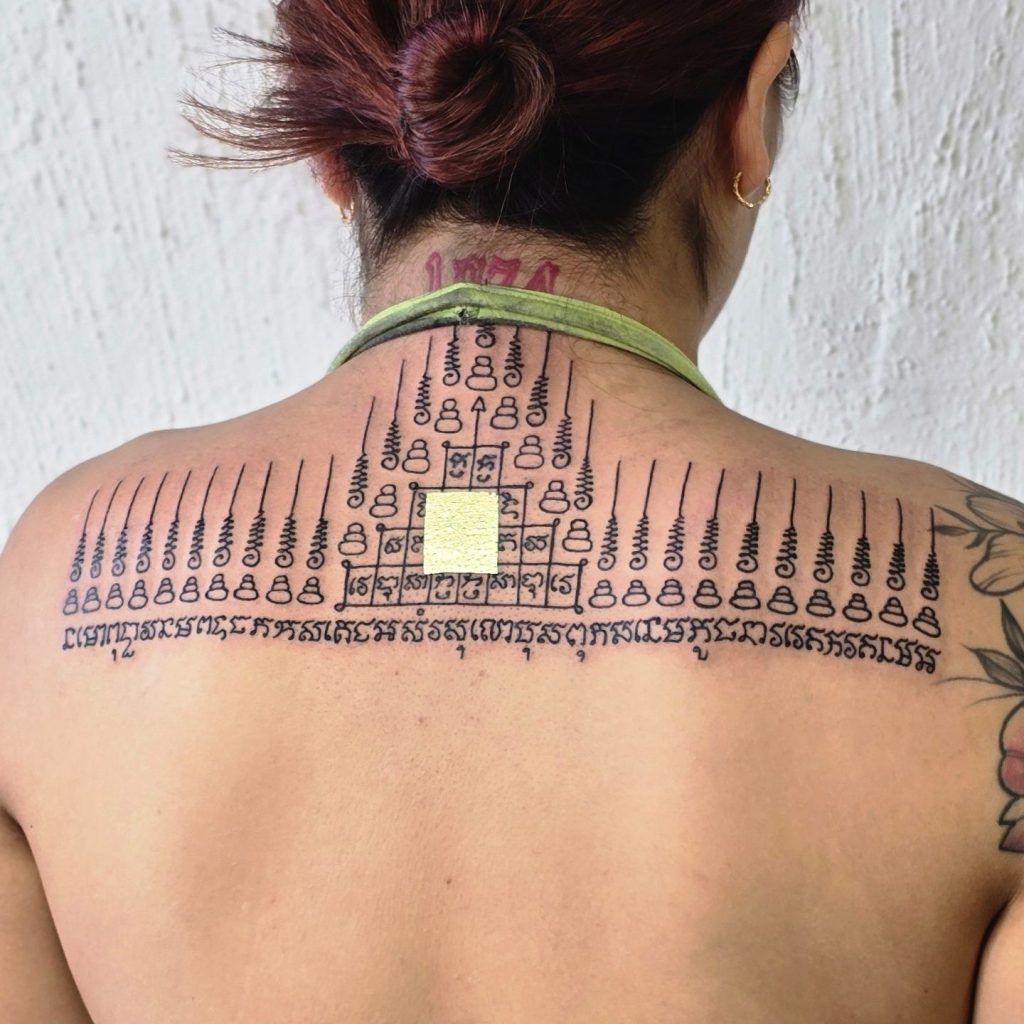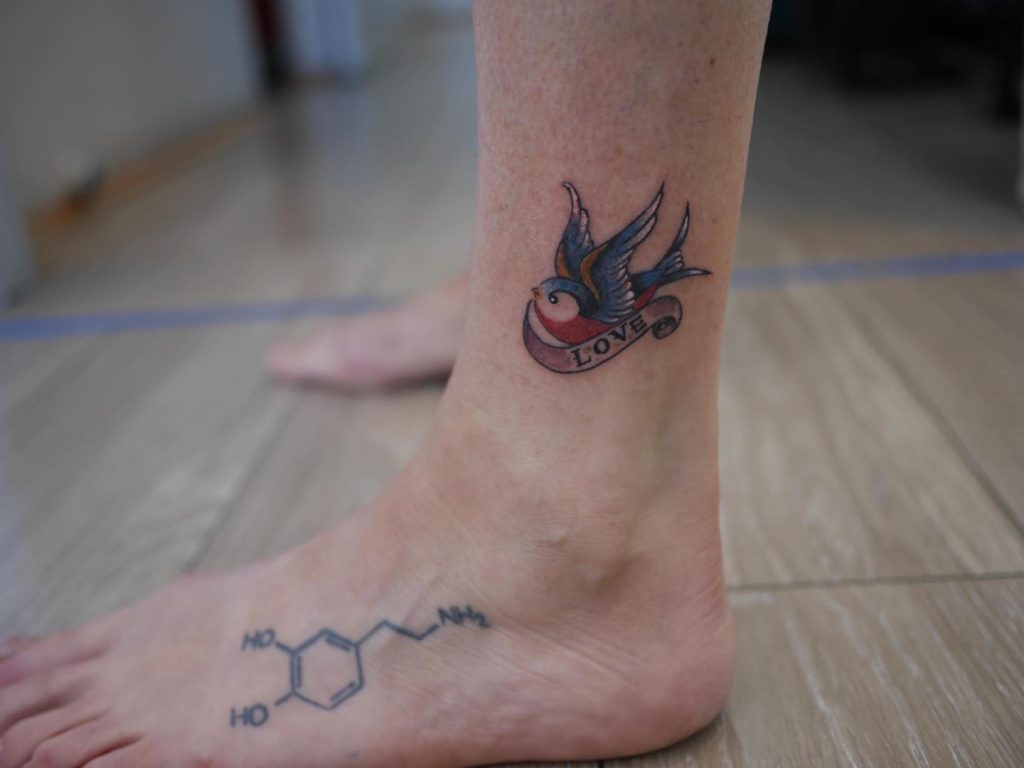Sak Yant designs have captivated many across the globe, blending intricate artistry with deep cultural significance. These tattoos are not just body art but are rooted in history, magic, and spirituality. The allure of Sak Yant lies in its powerful symbols, each one believed to hold mystical properties that offer protection, luck, or wisdom to the bearer. With their detailed and symbolic nature, these tattoos have become a fascinating choice for those who seek a deeper connection through body art.
Originating from ancient Thai traditions, Sak Yant tattoos are more than meets the eye. They serve as spiritual talismans and are said to be blessed by monks or spiritual practitioners. This sacred practice transforms the act of tattooing into a profound ceremony. While the world begins to appreciate this form of art, understanding the meaning behind each symbol can enhance the experience of having a Sak Yant tattoo.
The History and Cultural Significance of Sak Yant
The story of Sak Yant tattoos stretches back over a thousand years and is deeply intertwined with the fabric of Thai culture. They were initially a form of protection for warriors, believed to offer strength and invulnerability in battle. As years went by, these tattoos evolved from war décor to powerful symbols of guidance and spirituality.
– Origins: Sak Yant began with influences from Hindu and Buddhist beliefs in Southeast Asia. The blend of these cultures created a unique art form that carries both spiritual and cultural significance.
– Purpose: Traditionally, these tattoos were seen as living prayers, imbued with sacred energy through rituals. They stood for more than just personal protection. Many wore them as a representation of spiritual growth and moral guidance.
– Cultural Role: In Thai culture, Sak Yant tattoos play a vital role in spiritual ceremonies and blessings. Monks or Ajarns, who are skilled spiritual teachers, often perform the tattoo as part of a larger religious ritual. This practice emphasizes respect, discipline, and protection, making each tattoo a personal testament to one’s journey.
As people continue to admire the beauty of Sak Yant, understanding its roots deepens the connection to these mystical tattoos. Each symbol tells a story, each line holds a lesson from ancient times, making them cherished not only for their aesthetics but for the timeless wisdom they encapsulate.
Understanding Common Sak Yant Symbols
Sak Yant tattoos are filled with rich symbols, each carrying distinct meanings and blessings. Some of the most popular Sak Yant symbols include:
– Hah Taew: This symbol consists of five lines, each one providing protection against a different misfortune. It’s known for warding off evil spirits and bad luck, ensuring the bearer receives blessings and success.
– Gao Yord: Often called the nine spires, this symbol is known for spiritual protection and versatility. It’s one of the most sacred designs, offering blessings in all aspects of life including health, wealth, and relationships.
– Paed Tidt: This symbol is recognised for its eight directions, providing protection regardless of where you might go. It’s commonly chosen by travellers seeking safe passage on their journeys.
These designs are not simply decorative. They hold cultural, spiritual, and personal significance, making them meaningful choices for those seeking more than just a beautiful tattoo.
The Tattooing Process for Sak Yant Designs
The process of receiving a Sak Yant tattoo is a significant experience deeply rooted in tradition. Unlike modern tattooing techniques, the Sak Yant is usually applied using a bamboo needle or metal rod. This method requires a skilled practitioner, typically a monk or a specially trained tattoo artist, who performs the tattooing as part of a spiritual ritual.
Here’s a step-by-step look at the Sak Yant tattooing process:
1. Choosing the Design: Selection is often guided by the desired blessings. The choice can be personal or based on consultation with the tattoo artist or monk.
2. Preparation and Blessing: Before the tattoo begins, a blessing might be conducted to invoke protection and power associated with the chosen design.
3. Tattooing: The tattooing process is done by hand. It can be more time-consuming than modern methods, but it is valued for its authenticity and traditional roots.
4. Finishing Bless: Once completed, the tattoo receives a final blessing, ensuring that its spiritual properties are activated.
This whole process transforms the act of getting a tattoo into a profound spiritual journey, offering unique insights and connections to the ancient beliefs and traditions of Sak Yant tattoos.
Caring for Your Sak Yant Tattoo
Once you’ve received your Sak Yant tattoo, proper care is crucial to preserve its beauty and ensure the blessings remain active. Here are some simple steps to maintain your tattoo:
– Keep It Clean: Gently wash the new tattoo with mild soap and water. Pat it dry with a clean towel.
– Moisturise: Use a light, fragrance-free moisturiser to keep the skin hydrated and prevent any dryness or cracking.
– Avoid Direct Sun Exposure: The sun can damage the tattoo and fade its intricate designs. Wear clothing that covers the tattoo or apply sunscreen if you’re outside.
For residents of Malvern, Victoria, it’s helpful to consider the local climate when caring for a tattoo. During warmer months, keeping your Sak Yant sheltered from the harsh sun can preserve its vibrancy. Similarly, the cool months call for extra skin hydration to prevent any dryness that might affect your tattoo. By tending to your tattoo thoughtfully, you maintain both its physical appearance and its entrusted spiritual qualities.
If you’re inspired by the transformative power of Sak Yant designs, why not explore their intricate beauty further? Visit Mai Thai Tattoo for a closer look at our gallery, where each piece tells a unique story and invites you to begin your own.



